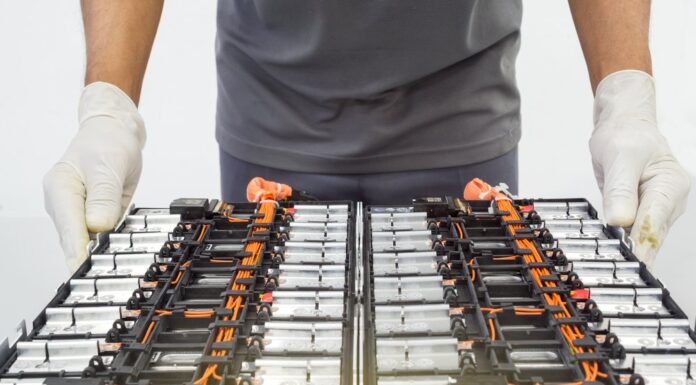The green company model has grown widely over the years. Whether you’re a startup or a multi-million established business, going green has a huge appeal.
We see businesses creating new services or products that use fewer environmentally harmful raw materials. We see the arrival of new green jobs and industries that never existed before.
However, not all businesses can do this. For some, it is very unrealistic.
Although it seems like the right thing to do. Going green isn’t easy for many companies. Some can’t afford to use alternative products or they might not have the choice to switch to better and more energy-efficient machine technology due to production concerns.
What does it mean to have a green business? Is it similar to being sustainable?
Going green is synonymous with business sustainability. It’s about running your business in the most environmental-friendly way. It’s about using techniques, materials, and process that doesn’t harm the environment.
Many businesses start their journey by sourcing sustainable materials for their products. Or by always aiming for a zero-waste office.
However, capitalizing on sustainability means businesses have to redo their strategy and perspective in doing business. This means that companies will have a hard time offering new green tech opportunities and green jobs for the company’s development.
Experts believe that when businesses start taking sustainability seriously, our world will undergo an epic transformation. Doing it today might be risky, but such a shift is necessary for innovation and development.
Types of Green Business Model
There are two different types of processes when it comes to shifting to a green business model.
The Incentive Model
This model is based on performance operative sales. For example, the energy-saving companies, water-saving, chemical management systems, and material saving companies.
The Life-Cycle Model
This model is based on green supply management strategies. It focuses on eliminating waste at the end of a product’s life cycle.
Challenges of Going Green
It’s a new concept
Despite being around for decades, green technology is still a new concept, which means a lot of companies and consumers are unfamiliar with it. Many businesses especially in rural areas still lack awareness of the benefits of going green. Many consumers also need to be educated about its benefit and positive effects on the environment.
It can be expensive
It’s very costly for a company to switch to green. Many natural products require raw materials that are recyclable and renewable, and more often than not, they can be more costly. Furthermore, green technology requires huge investment to develop. For example, if a business wants to switch to solar power, they first have to invest thousands of dollars to install solar panels at their business facilities.
It makes products expensive
Using green materials can actually lead to a higher cost of products or services in your business. This increase in cost is then passed along to customers who want to pay more for sustainable goods.
Lack of skills and expertise
Another barrier to adopting sustainable practices is the lack of important skills that prevent businesses from embracing new opportunities. Even when the opportunity has the potential of increasing the business competitiveness, they lack the skills to implement it successfully.
Lack of trained workers
With a new concept such as green marketing it’s evident that there will be a lack of qualified green employees for green jobs. Since it’s a fairly new concept, many don’t have appropriate training to do the work needed.
How To Green Your Business Whilst Still Saving Money
It can be hard, but it’s not impossible. The following are steps you can do today to gradually shift to a greener business whilst still saving money in the long run.
Allow More Work-from-Home Days
Save transportation money and help your employees have a good work-life balance by allowing them to work from home. The more employees stay at home to work, the more you’ll save money by giving the energy system in your office a needed break. It’s a win-win.
Say No to Plastic
Make your office a plastic-free zone. Encourage your staff to use disposable cutlery and cups. Invest in reusable utensils for your pantry instead of Styrofoam and plastics. Emphasize a culture of sustainability. Power Your Business With Clean Energy
Invest in green power to cut the cost of your electric bill. Calculate how much you can afford to invest now and when you’ll be able to reap the rewards.
Conclusion
Setting up a new path for your business is easier said than done. Although caring for the environment and being an eco-friendly business is important, it can be challenging if you don’t know where to start or what to do. The article above should help businesses have a good overview of what to expect if they want to have a green transformation.










